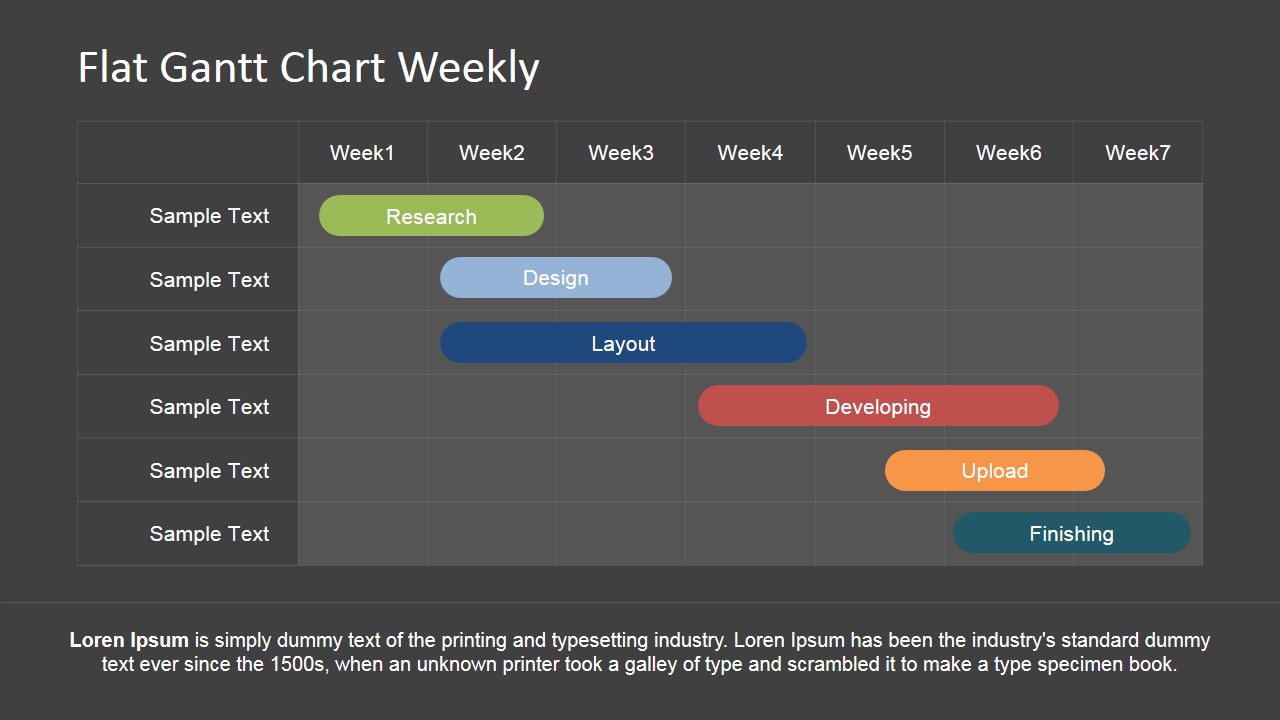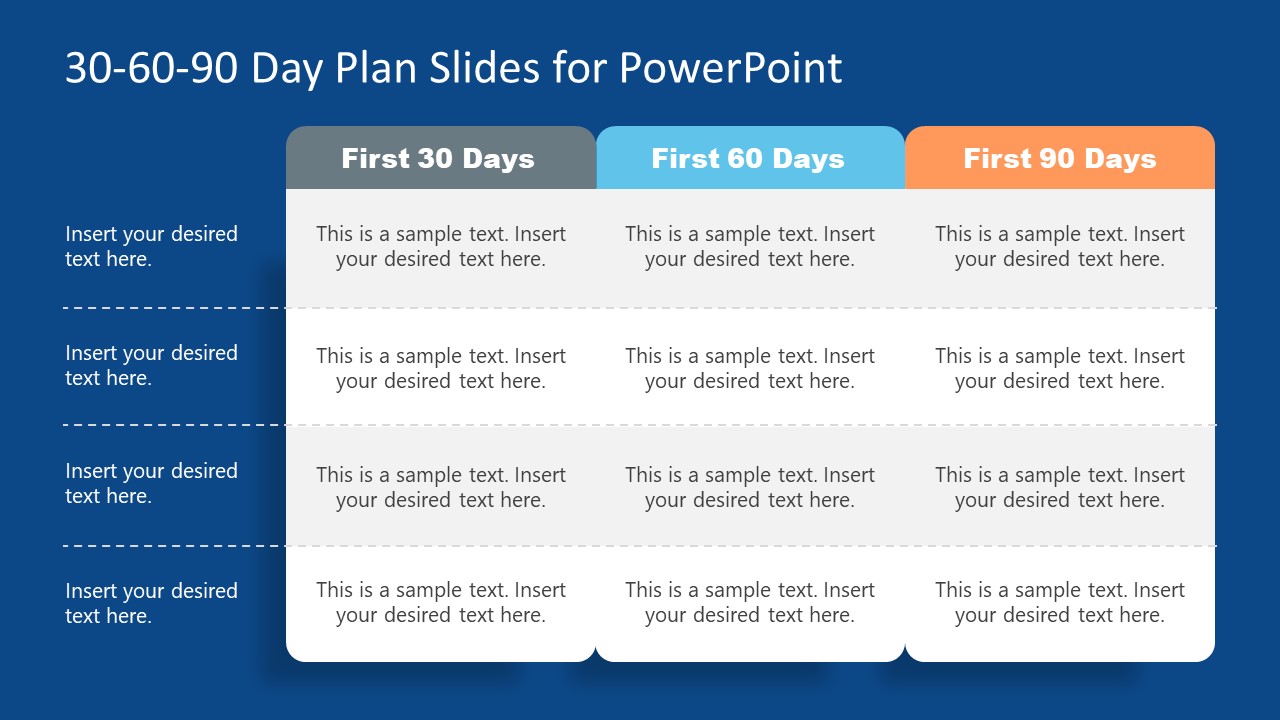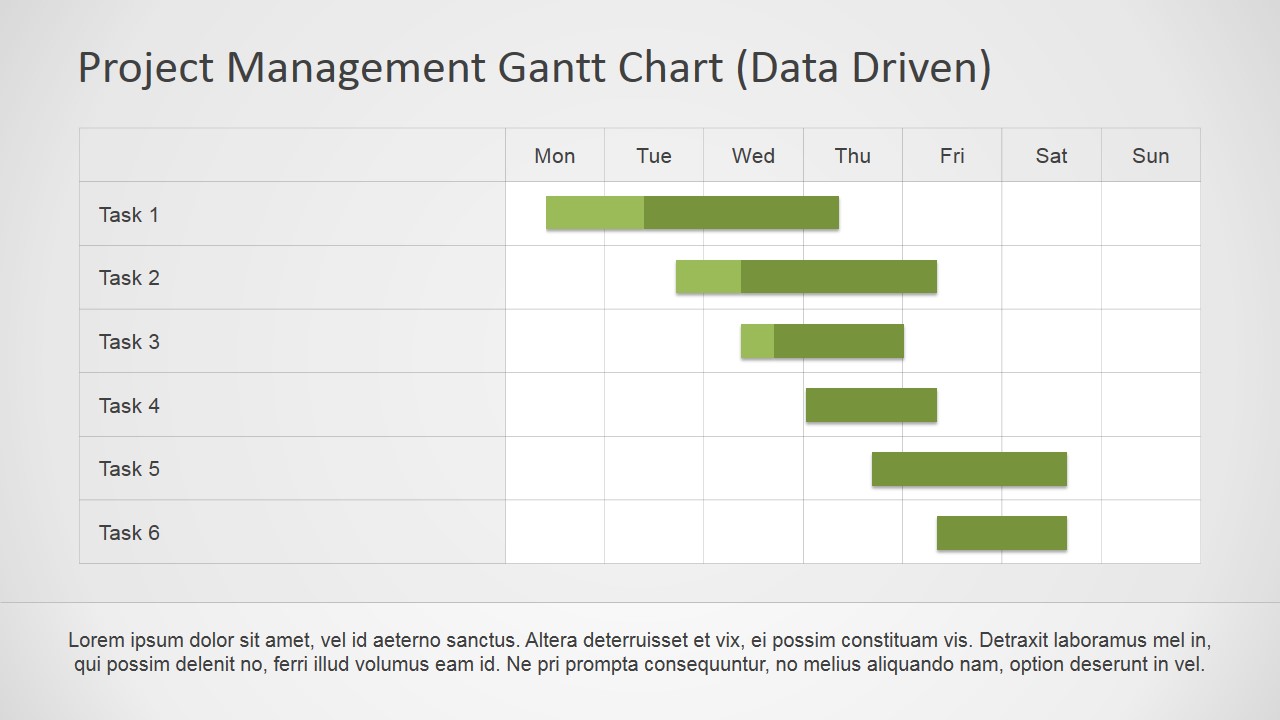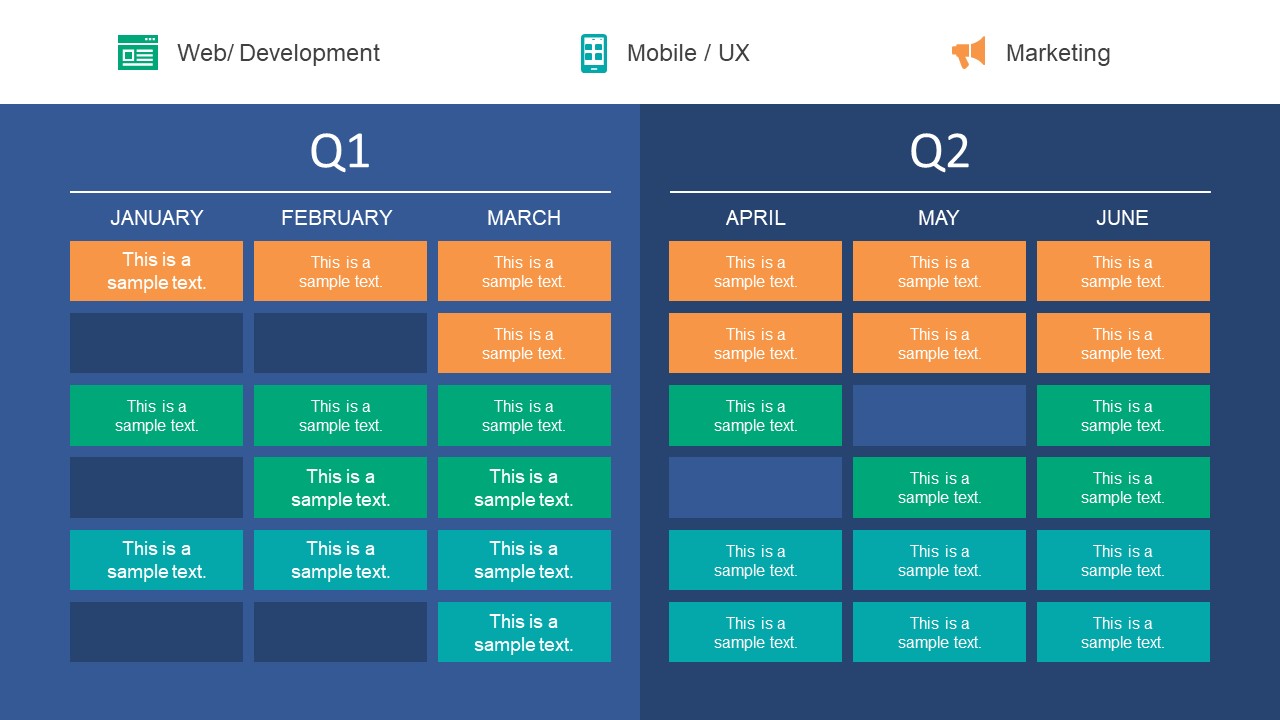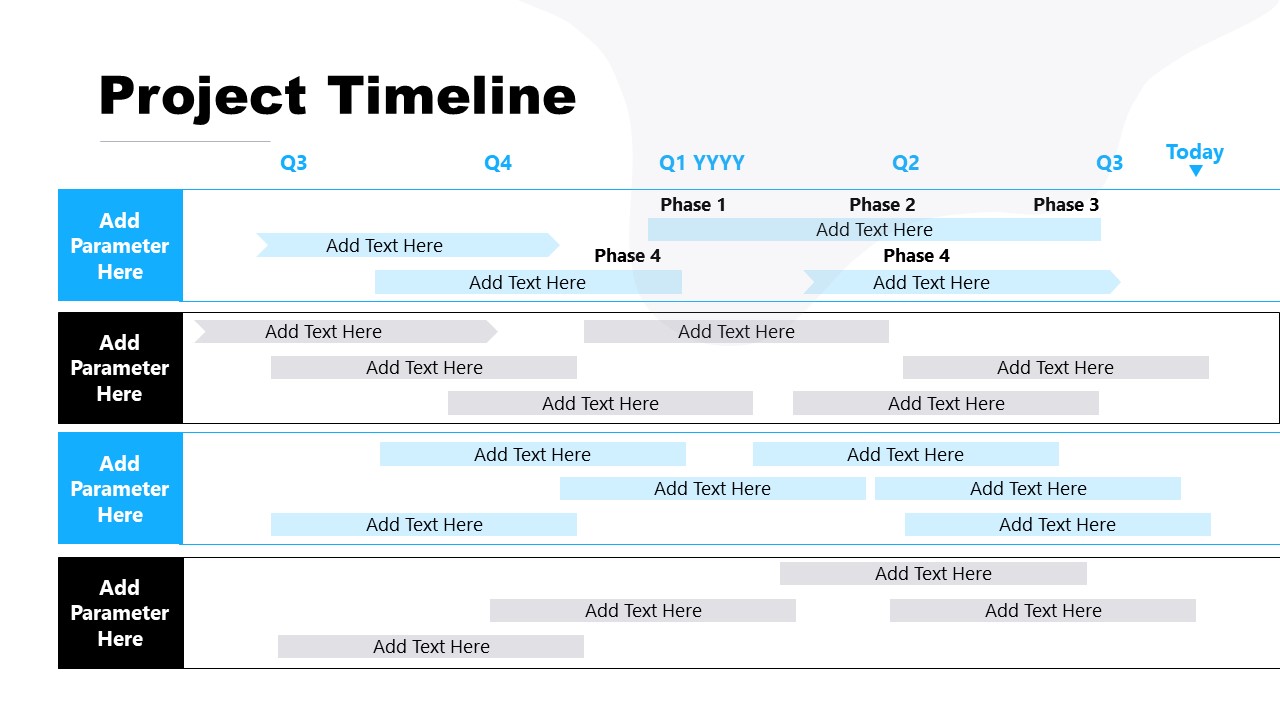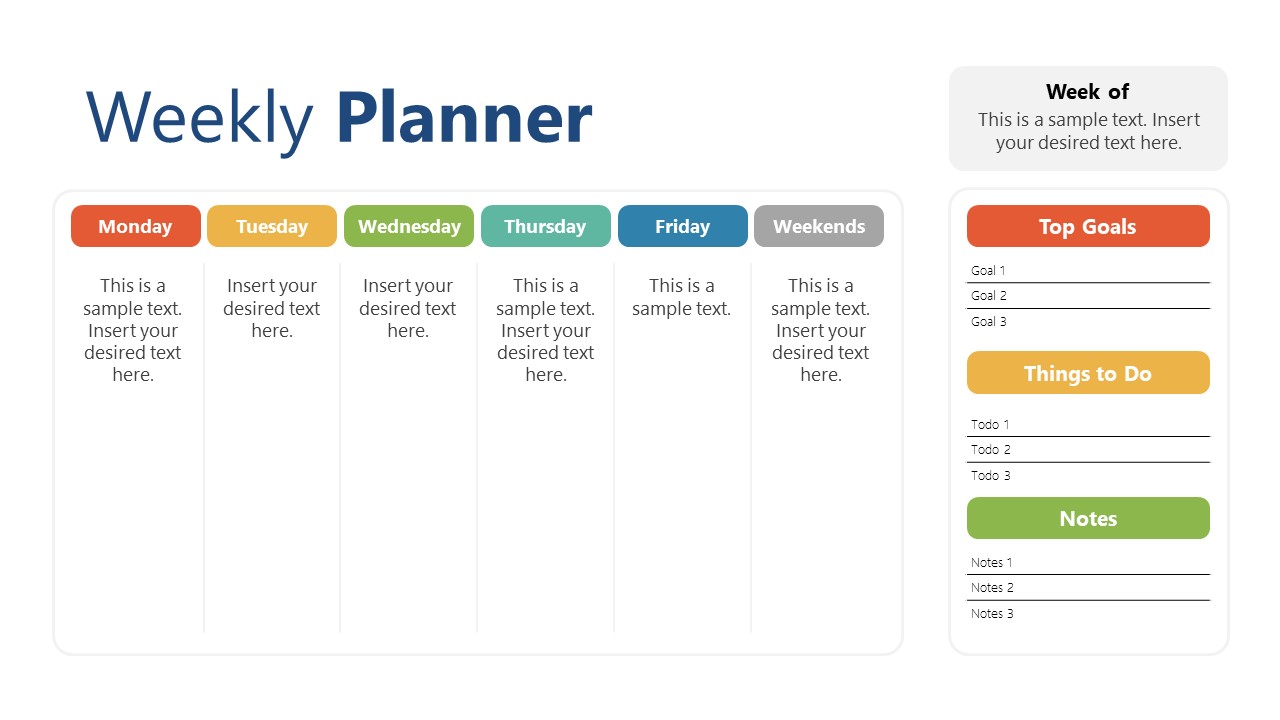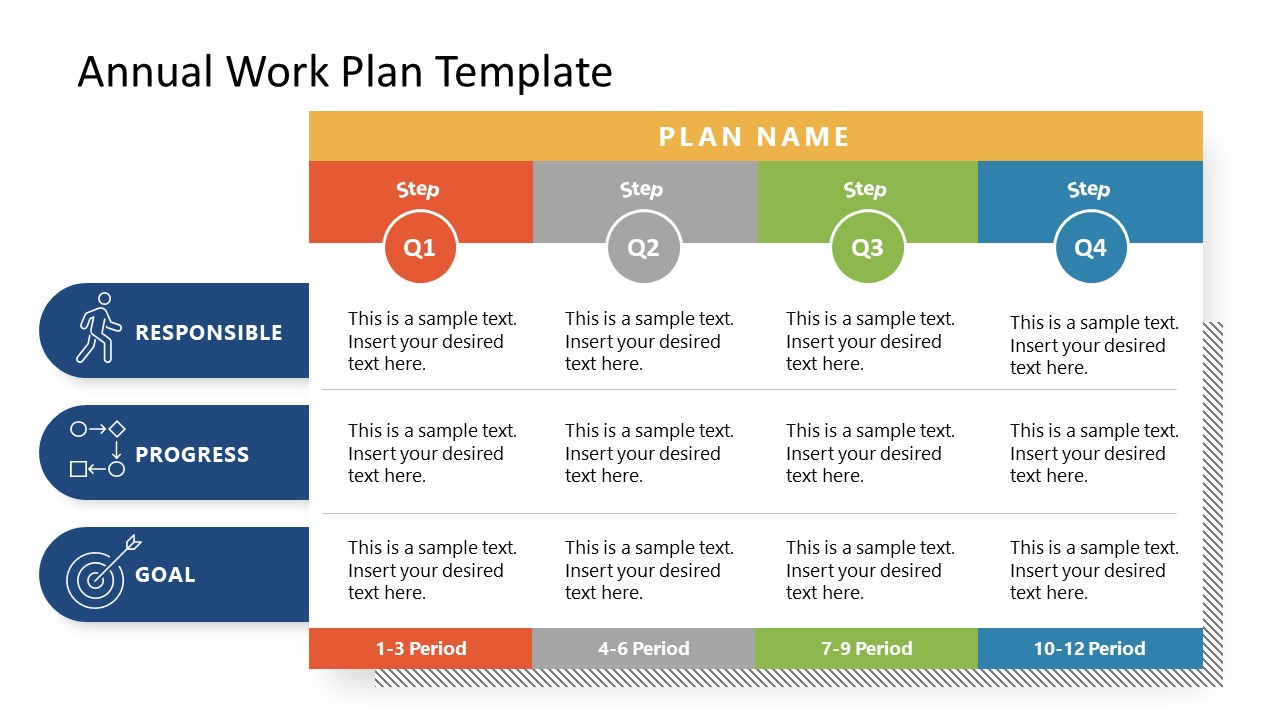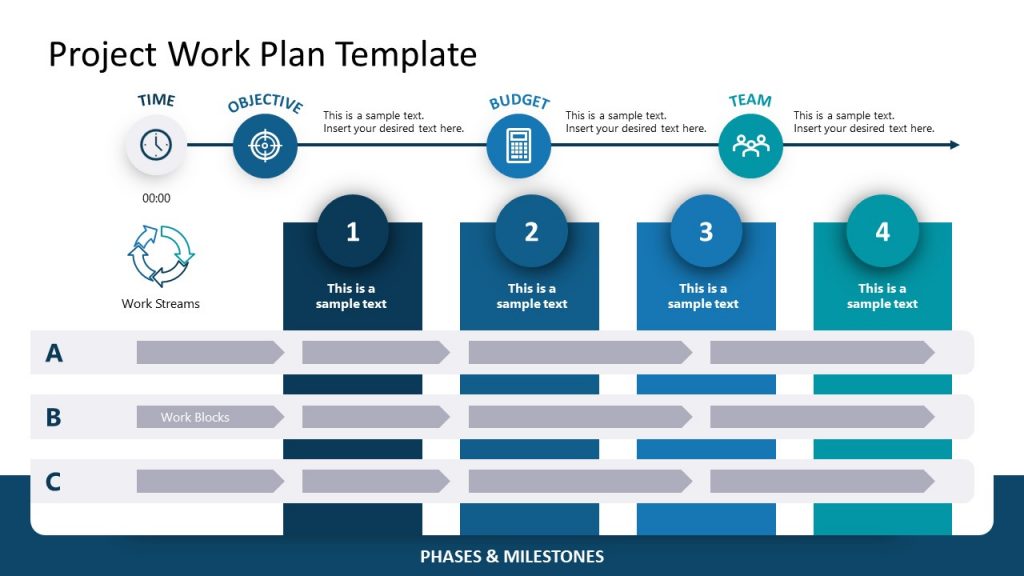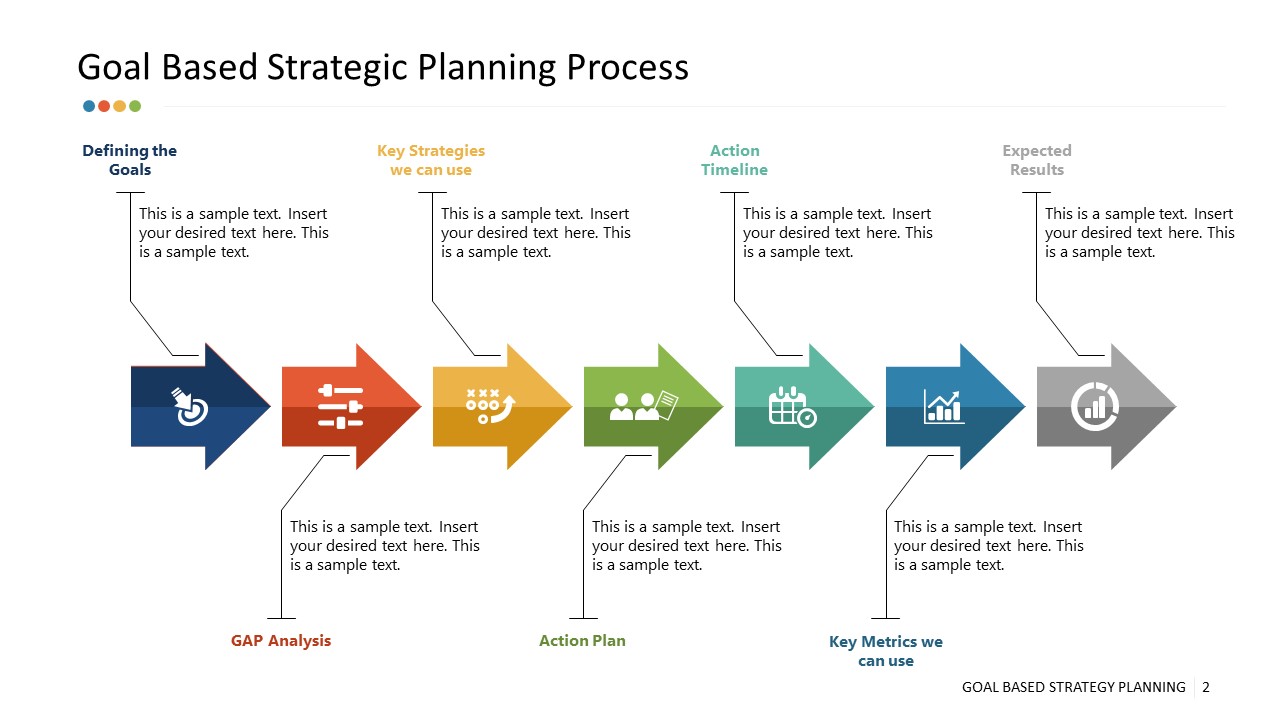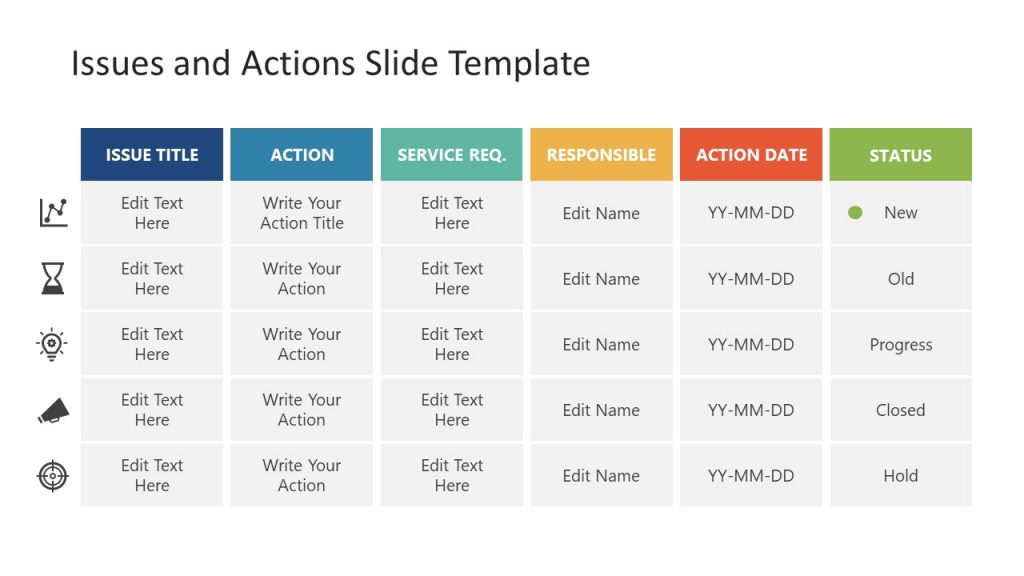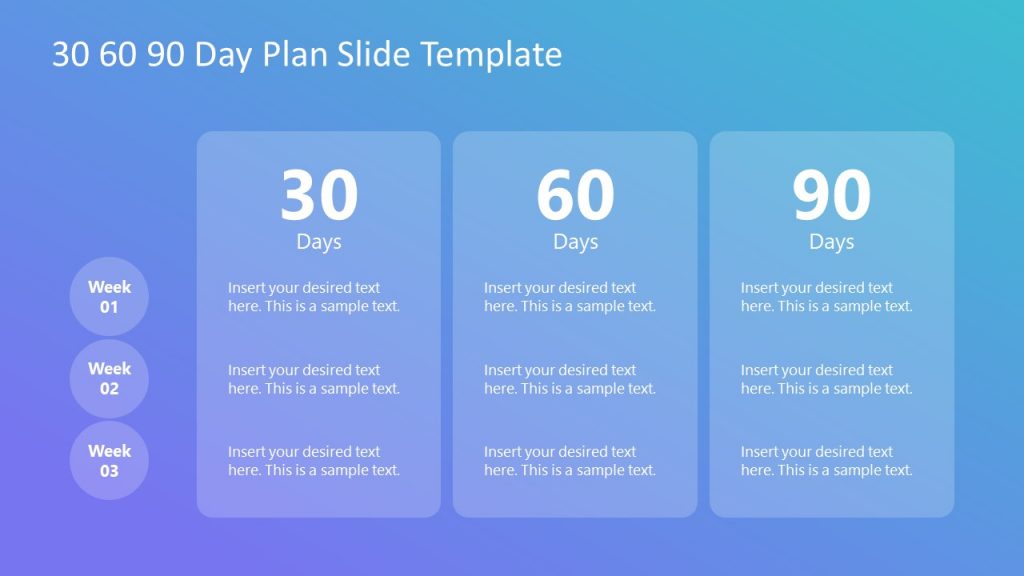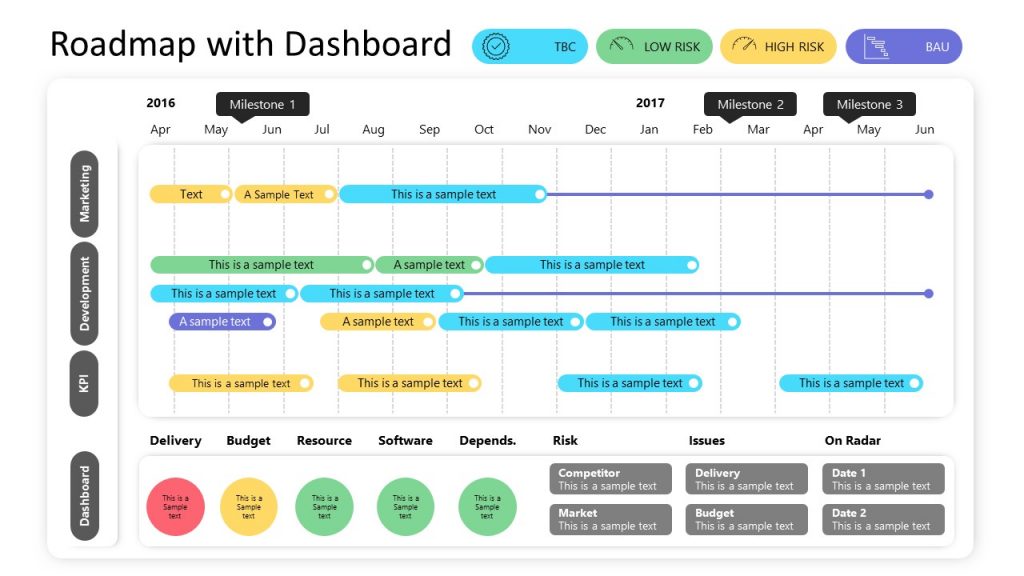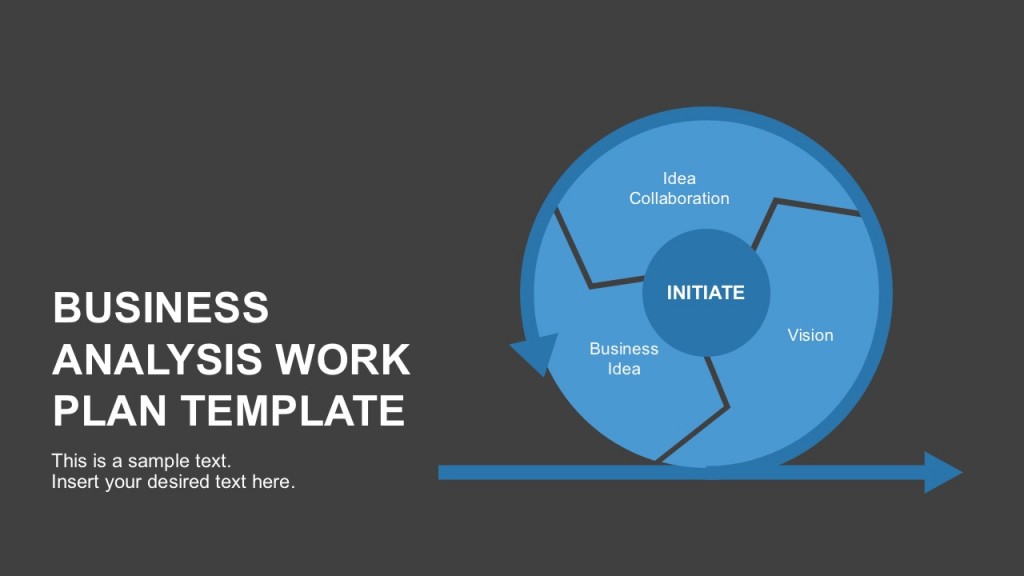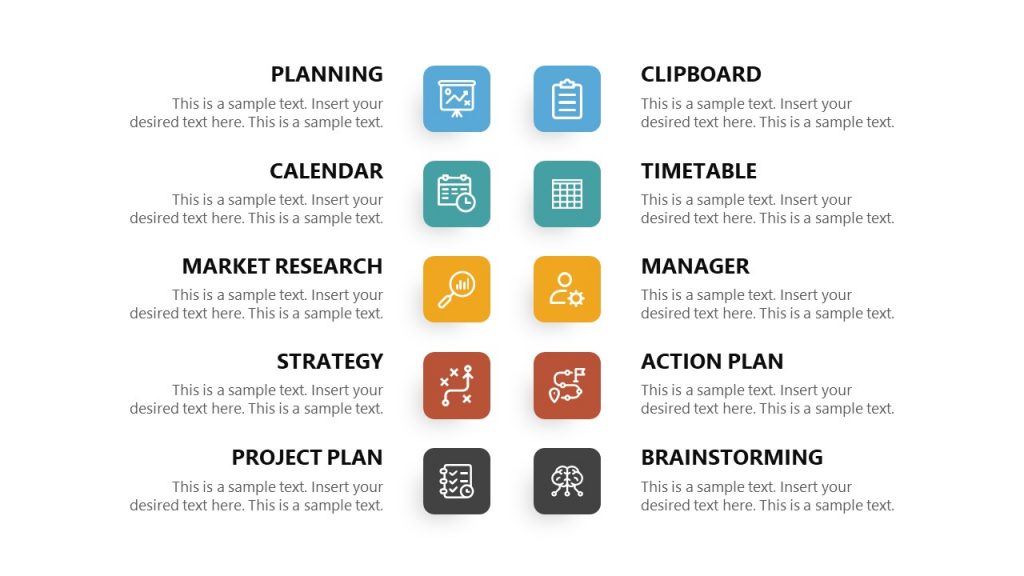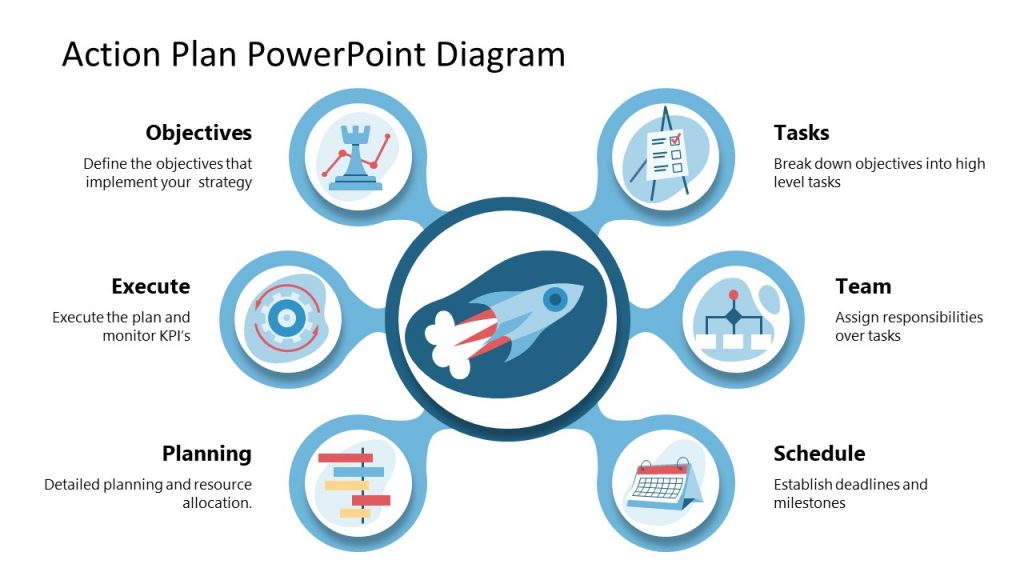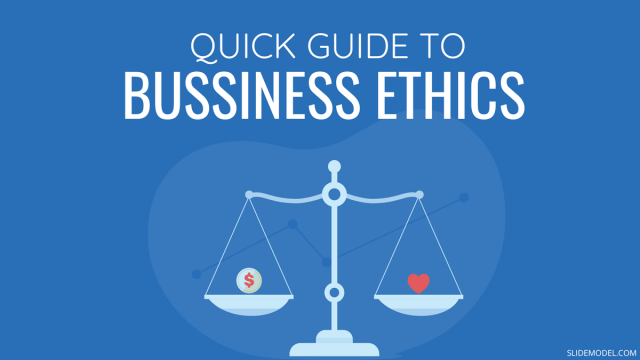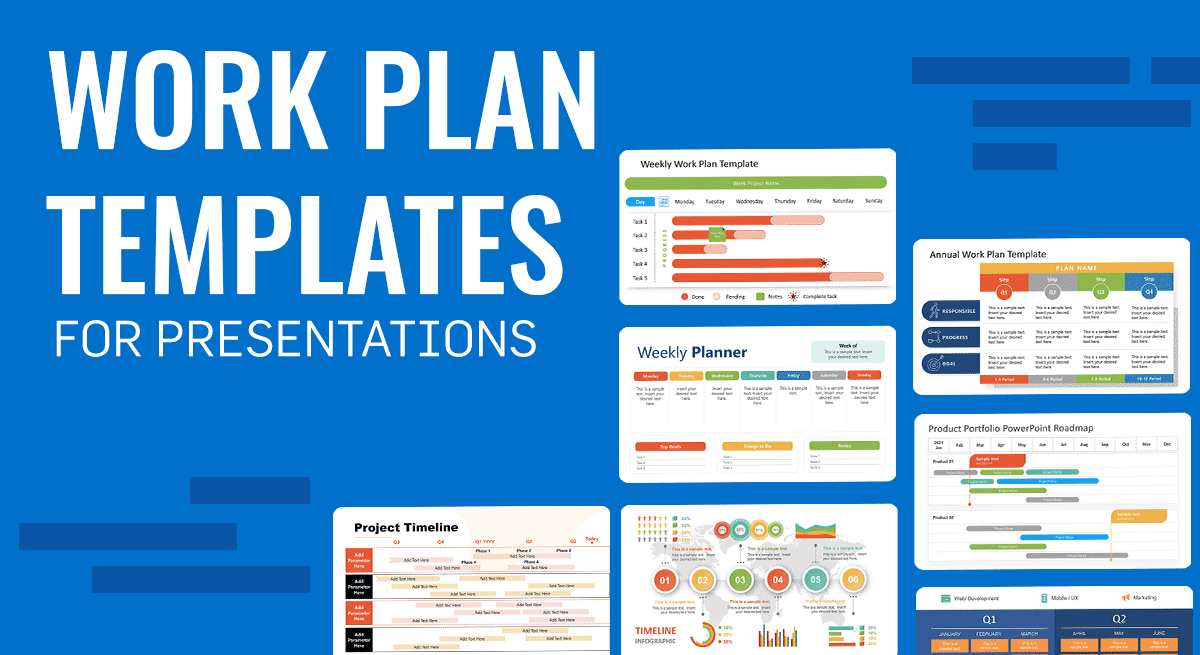
A work plan is created to manage a project and ensure that it is completed efficiently. It helps managers and team members utilize their time, efforts, and company resources effectively. The assigned project manager and team members can benchmark their progress against the planned timeframe and evaluate if deadlines will be met. In this article, the definition of work plan is presented, its types, components, a work plan template, and how you can be used to document and present your roadmap. Finally, we share the best workplan templates offered by SlideModel that you can use for presenting a good work plan.
Table of Content
- What is a Work Plan?
- How to Create A Work Plan?
- Types of Work Plans
- How to Present a Work Plan?
- Best PowerPoint Work Plan Templates By SlideModel
- Free Work Plan Template
- Benefits of Using Work Plan Templates
- Tips for Effective Work Plan Implementation
- Conclusion
- People Also Ask questions about work planning templates
What is a Work Plan?
Work plans are created to have a planned visual reference for a project. It defines the project purpose, goal, and objectives to be achieved.
The work plan definition by the Oxford Dictionary is ‘the suggested strategy, schedule and road map of a specific project”. The plan has a breakdown of tasks assigned to team members, so they know what they are responsible for. Team members are updated on the progress and status of the project via the work plan, which ensures that the whole project is streamlined and the deadlines are met.
Components of a Work Plan Template
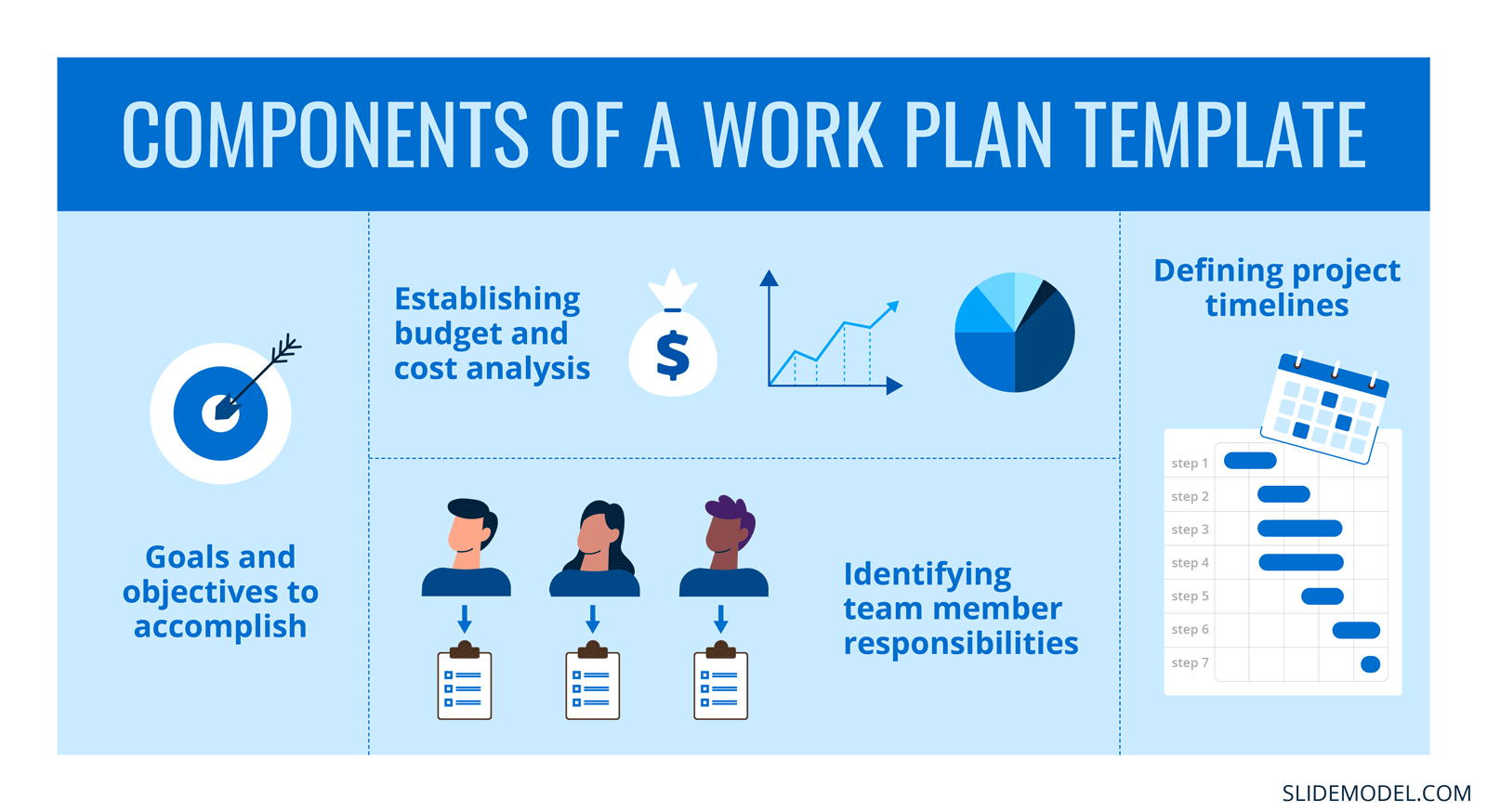
The necessary elements of a work plan includes:
Goals and objectives to accomplish
Every project or business as usual activities exists because there are goals and objectives to achieve.
Establishing budget and cost analysis
Every endeavor requires resources (materials, people, services, etc.). To create a work plan, it is necessary to set a budget and costs of doing, in order to estimate required resources. This assumptions will be used to take approval/rejections decisions over the plan and its execution.
Identifying team member responsibilities
In order to set accountability over execution, is essential to set responsibilities over tasks. Pay attention to your project portfolio management so that your team assigns responsibilities and monitors performance in light of your overarching goals.
Defining project timelines
Once task efforts are estimated, and resources allocated, managers can create timelines with tasks durations, in order to estimate milestones dates. Using this mechanism, project dates can be estimated, monitored and updated according to reality.
How to Create A Work Plan?
1. Define Goals, Objectives, and Action Steps
When developing a work plan, the first step is to set clear goals and objectives. When identifying the project’s main goal, focus on the big picture and specify the actions needed to achieve the goal. The objectives you define in your work plan should be precise, specific, and tangible.
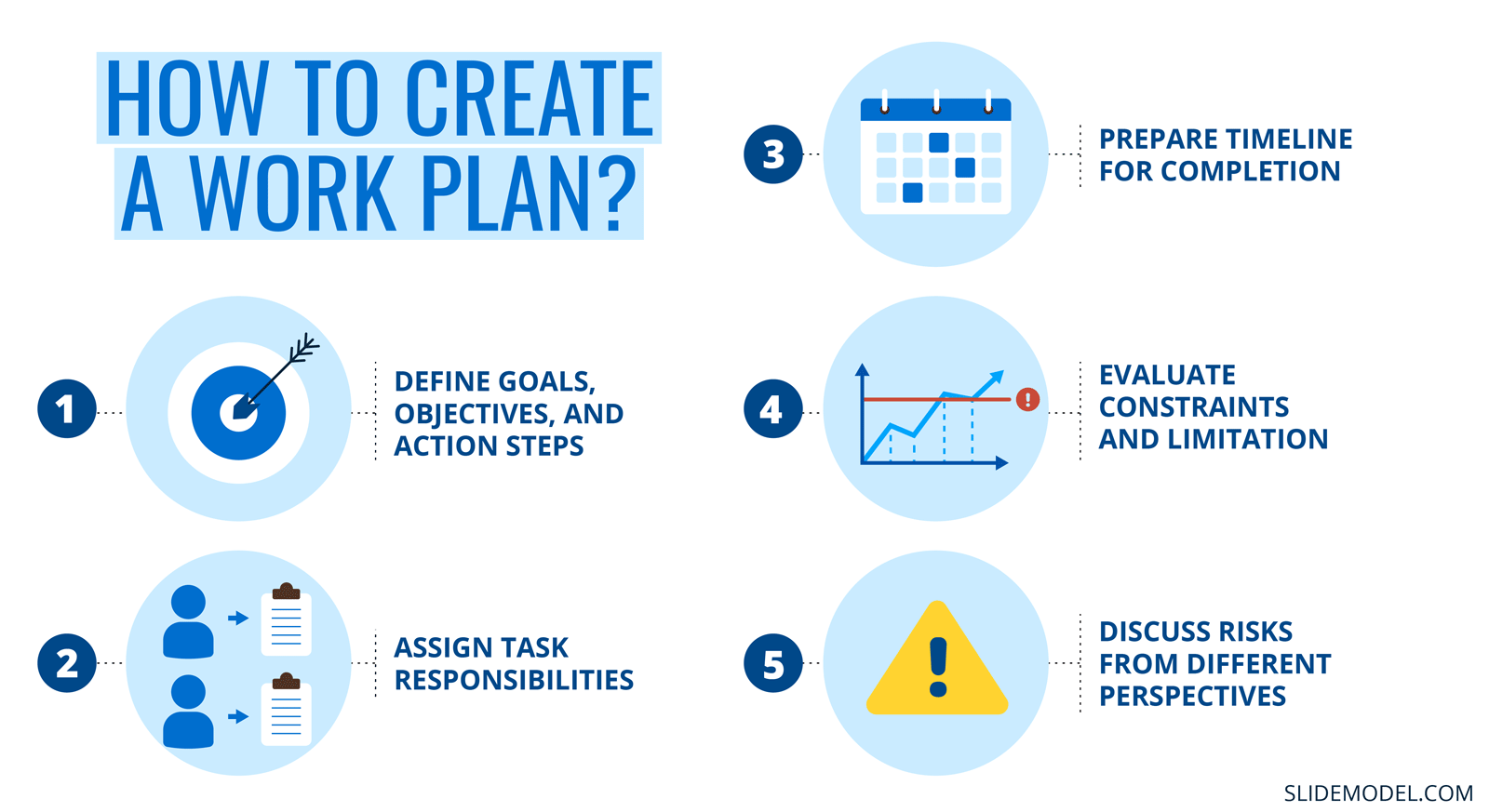
An example of a goal would be to launch a new marketing campaign to drive sales and generate 10% more revenue than the last quarter.
The objective would be to launch social media ads to promote the brand and generate online sales.
The action steps would be assigned to each team member, such as writing ad copies, creating ad graphics, and displaying ads on different social media sites. Use a content calendar for social media to keep things organized.
For reference of professional techniques for goal settings you can check our articles on SMART Goals and OKR framework.
2. Assign Task Responsibilities
After defining the objectives and action steps in your work plan, assign a project team leader and designate task responsibilities to team members that can help achieve the individual actions with efficiency.
For reference of professional methods for assigning responsibilities, you can check our article on RACI Matrix.
3. Prepare Timeline for Completion
Estimate each tasks duration based on the resources allocated. Setting project timelines for completing the project is essential to keep the workflow streamlined and ensure all team members complete tasks within the project’s time frame.
5. Evaluate Constraints and Limitation
After establishing the budget in the work plan of the project, evaluate any possible constraints and limitations. This way, you would have an action plan in case any unexpected situation happens.
6. Discuss Risks From Different Perspectives
At last, identify the potential risks from multiple perspectives, such as project delays, budget issues, and errors that could occur. Ask team members about the potential risks and discuss how you can mitigate them if the project faces any contingencies.
For reference of professional risk analysis techniques check our article on Risk Analysis.
Types of Work Plans
Bellow we present a list of real life workplan types:
Work Plan for Corporate Employees
Corporate employees are often required to develop or follow a work plan for projects or business as usual activities Their work plan are built over action steps typically including the following:
- Goals and objectives to achieve for business.
- An estimated budget and resources required to complete the job.
- A projected timeline for completion.
Enterprise Resource Planning activities require establishing yearly estimations of the corporation’s activities and investments. Workplans are created by every area of the organization before the end of the fiscal year to plan ahead for the following year and evaluate required resources. In an iterative fashion, every quarter the master workplan used for yearly planning is updated and drilled down into neat future activities. These new workplans are executed by each area and evaluated the following quarter for validation and correction.
Work Plan Example for Corporate Employees
The marketing department of a company can create a work plan for launching a new ad campaign. The goal would be specific, such as increasing conversion by 10%. The marketing team would classify the objectives of the work plan and list the action steps for each team member. The assigned employees will then proceed to complete their tasks, and the team leader can keep track to ensure that the campaign is set to finish on the projected timeline.
Work Plan for Business Owners
Businesses of SME (small and medium enterprises) scale require a good work plan for focusing on quarterly or annual goals; or for developing a new product or services.
The work plan template would be similar to a business plan. It contains activities related to market research, long-term budget projections, revenue-generating goals, and key people involved in the business. It would require the following:
- Financial planning and budget
- Marketing Strategy for product or service
- Target sales and revenue
- Operations Activities
Work Plan Example for Business Owners
The owner of a fashion brand may create a work plan for increasing annual revenue and profits by 20%. The specific objectives would list the sales target for each quarter, the sales team would be assigned sales targets, and the marketing department could have a specific budget to promote brand awareness and online sales.
Work Plan for Project Managers
A work plan for project managers is an extension of the work plan for corporate employees. It will have a broader scope and will have a whole team or department involved to achieve the goal and objectives.
This plan would discuss who is responsible for which part of the project and would focus on the steps needed to complete each task. This type of work plan would typically include:
- Project Benefits for the company.
- Detailed budget and cost for completing the project.
- Tasks Durations and Predecessors relationships, Resource allocation, and Critical Path.
- Estimated statistics and relevant data that will help monitoring the execution of the project.
Work Plan Example for Project Managers
An example of a Work Plans for project manager could be to develop an online website and application for an eCommerce store. The objectives could be to design the website and application with proper navigation, good visual design, responsiveness, and user-friendliness.
Team members would be assigned their respective tasks based on their skills, and the project manager will ensure the project is completed within the timeframe and within budget.
How to Present a Work Plan?
A work plan can be presented in a PowerPoint Presentation to A work plan can be presented in a PowerPoint Presentation or via a video presentation. You can create your own work plan template in PowerPoint by using different elements, tables, and animations.
It can be time-consuming to create your own work plan template from scratch.
This is where you can benefit from our 100% editable PowerPoint Presentations that you can easily use to create a professional and visually appealing work plan in no time.
Best PowerPoint Work Plan Templates By SlideModel
PowerPoint work plan templates by SlideModel can be used to create visually appealing work plans that define all objectives, tasks, and timelines for the team.
Free Work Plan Template
Develop your Work Plan in a professional way with our Free Action Plan Template. In this template you will be able to develop each of the objectives of your project and establish tasks, assign roles, deadlines and priorities.
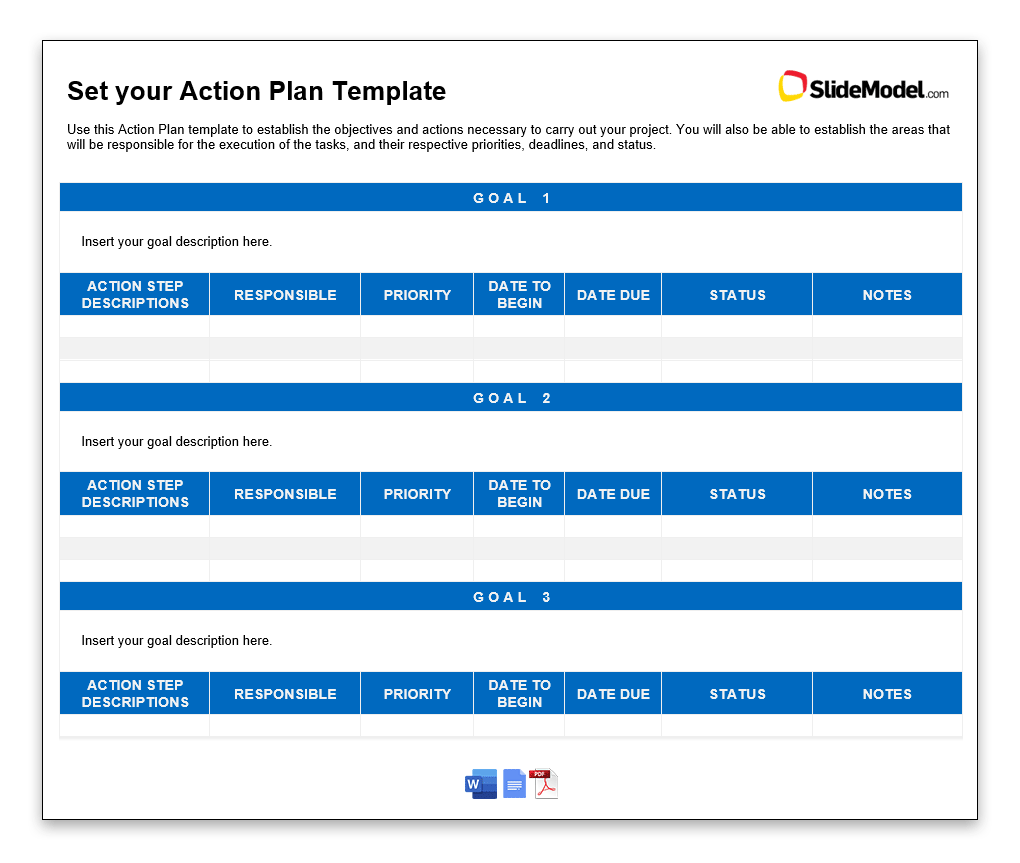
Benefits of Using Work Plan Templates
Using work plan templates offers several advantages that contribute to the effectiveness of project management and task organization:
Time-saving and Efficiency: Work plan templates provide a structured framework that eliminates the need to create plans from scratch. With predefined sections and elements, you can simply input your project-specific details, making the planning process quicker and more efficient. This time-saving benefit allows you to focus on other critical aspects of project execution.
Professional Visual Presentation: Work plan templates are designed with professional aesthetics in mind. Clear formatting, visual elements, and organized layouts enhance your work plan’s visual appeal. A well-designed work plan is more likely to engage stakeholders, team members, and management, conveying the seriousness and professionalism of your project.
Customization and Adaptability: While work plan templates offer pre-designed structures, they also provide flexibility for customization. You can tailor the template to match the unique requirements of your project. This adaptability ensures that the work plan accurately represents the project scope, objectives, and timeline. You can include specific tasks, milestones, and resource allocations to align with your project’s needs.
Tips for Effective Work Plan Implementation
Successfully implementing a work plan requires attention to detail and a proactive approach. Here are some essential tips to ensure your work plan effectively guides your project’s progress:
Regular Monitoring and Updates: A work plan is not a static document; it should be a living guide that reflects the project’s current status. Regularly monitor the progress of tasks, milestones, and timelines. Use project management tools to update the work plan as tasks are completed or when changes occur. This ongoing monitoring ensures that you remain aware of any deviations from the plan and can take corrective action promptly.
Flexibility for Unforeseen Changes: Projects can face unexpected challenges and changes despite careful planning. Your work plan should have built-in flexibility to accommodate unforeseen circumstances. Incorporate contingency plans for potential risks, and be prepared to adjust timelines, allocate additional resources, or modify objectives as needed. A flexible work plan helps you respond effectively to changing project dynamics.
Communication and Collaboration: Effective communication is essential for successful work plan implementation. Regularly communicate updates, progress, and challenges with your team members, stakeholders, and management. Keep everyone informed about changes to the work plan and the reasons behind them. Encourage open collaboration and discussions to address concerns and ensure alignment among all parties involved in the project.
By integrating these tips into your work plan implementation strategy, you can enhance project efficiency, adapt to changes, and maintain clear communication, ultimately leading to successful project outcomes.
Conclusion
Creating a Work Plan requires time and effort. A lot of information is needed to have a good work plan for streamlining any project. Using a professionally designed work plan template will save the user time and effort. Just replacing placeholders with real data will be enough to achieve a professional and executive work plan.
Frequently Asked Questions
Q: How do I create a work plan template?
A: To create a work plan template, follow these steps:
Creating a work plan template involves several key steps for effective project management. First, start by clearly defining your objectives, and outlining the purpose, goals, and specific objectives of the project or task at hand. Next, identify the individual tasks required to achieve these objectives, breaking down the project into manageable action steps. Assign responsibilities to team members based on their expertise and roles within the project, ensuring accountability.
Set realistic timelines for each task, estimating the time required and establishing deadlines to keep the project on track. Allocate necessary resources, which may include budget, materials, and workforce, to support the project’s execution. Be sure to consider any constraints or limitations that could impact the project, such as budget restrictions or resource availability.
To mitigate potential risks, anticipate and plan for them, developing contingency plans to address unexpected challenges. Visual representation is crucial for effective communication and planning, so consider using tools like Gantt charts, timelines, or tables to represent the work plan visually. Finally, before implementing the template for a larger project, it’s advisable to test it with a small project or pilot phase, gather feedback from team members and stakeholders, and refine the template as necessary to ensure its effectiveness in guiding project management efforts.
Q: Why should I use a work planning template?
A: Using a work planning template provides numerous advantages. First and foremost, it enhances efficiency as it comes with a pre-structured format, ultimately saving valuable time. Additionally, templates promote consistency in project planning by ensuring that every aspect adheres to the same approach. They also bring clarity to the project by clearly outlining goals, tasks, and responsibilities. Furthermore, the inclusion of visual elements in templates aids in better understanding and facilitates effective communication among team members. Lastly, templates are highly customizable, allowing them to be tailored to meet the specific requirements of any project.
Q: What are the benefits of using a daily work planning template?
A: Using a daily work planning template offers several advantages. One of the key benefits is improved focus, as it allows individuals to clearly outline their daily tasks and priorities. This clarity helps in managing time more effectively by allocating specific time slots for each task, ultimately enhancing overall efficiency. Additionally, these templates enable better task prioritization by helping users rank tasks based on their importance and urgency. They also contribute to better organization by providing a structured way to keep track of tasks, deadlines, and progress. Moreover, utilizing such templates encourages consistency in one’s work routine, leading to enhanced productivity over time.
Q: How do I choose the best work planning template?
A: When selecting the most suitable work planning template for your needs, several key factors should be taken into account. Firstly, assess the complexity of your project and ensure that the chosen template aligns with its scope and intricacies. Secondly, prioritize templates that boast clear and engaging visuals, as they facilitate more effective communication among team members. Thirdly, opt for templates that offer a high degree of customizability, allowing you to tailor them to your specific requirements and preferences. Additionally, templates with built-in task breakdowns can significantly aid in organizing your work and enhancing project management. Lastly, consider templates that incorporate resource allocation features, as they can prove invaluable for effective resource management throughout your project.
Q: What is the difference between a project plan and a work plan?
A: A project plan outlines the entire project, including goals, scope, timeline, resources, and budget. A work plan is a subset of the project plan, focusing on specific tasks, responsibilities, and timelines. A project plan is more comprehensive, while a work plan is more detailed and task-specific.
Q: What can I use to help write a work plan template?
A: To assist in the creation of a work plan template, several options are available. Project management software, such as Microsoft Project, Trello, or Asana, offers a range of templates and features specifically designed for crafting and overseeing work plans. Additionally, various websites offer pre-designed work plan templates that can be tailored to your specific needs. Collaborative tools like Google Docs or Microsoft Teams facilitate real-time collaboration, allowing multiple team members to contribute to the development of a work plan template simultaneously. Furthermore, for those seeking more comprehensive guidance, project management literature and online resources can provide valuable insights and best practices for constructing effective work plans.
